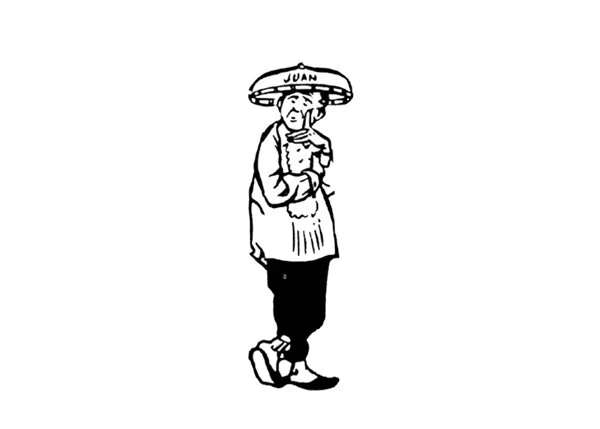My Name is Juan dela Cruz
A majority of Filipinos have Spanish sounding surnames as well as Spanish or American sounding first names. Just like our Latin American counterparts, the origin of the majority of these Filipino names can be traced back to the colonial history of the Philippines.
The initial attempt of colonization by Spain of what we now know as the Philippines ended with the defeat and death of Magellan by Lapu Lapu on April 27, 1521. But not before having already converted around 2,200 of the existing population of Cebu and the surrounding islands to Christianity. After Magellan’s death, the Spaniards eventually accomplished their goal of colonizing the rest of the archipelago using the sword and the cross. The conversion of the majority of the population to Christianity followed and with it came changing the names of those who were baptized into the faith.
On November 21, 1849, a decree to standardize names and surnames was issued by the Governor General Narciso Claveria. Prior to this, the general native population did not have surnames that categorized them by families. After being converted and baptized, they adopted the names of Christian saints that resulted in thousands having the same surname, creating confusion in government administration. Through the Claveria Decree, a list of family names, based on a catalog of Spanish surnames, in alphabetical order was issued. It was distributed to all provincial governors who then sent portions of the list to all parish priests who then allocated segments of this already portioned list to the heads of each barangay who were tasked to have the oldest person of each family choose a surname. This chosen surname was registered and was to be used by the individual and his family and their direct descendants. Those who had already been consistently using a surname for four generations had the option to keep it. Those who did not use their registered surname were punished by imprisonment and all documents that did not have the registered surname were considered false.
During the American colonial period, after Spain ceded the Philippines to the United States in 1898 along with Guam and Puerto Rico for $20 million, Filipino first names began to take on a more American character—Juan became John or Johnny, Jaime became James, Pedro became Peter, Maria became Mary, Rosa became Rose, Dorotea became Dorothy, and so on. Not to mention the creative combinations and versions of names that Filipinos come up with such as Jomar from Jose Mariano, Maricris from Maria Cristina, and the patriotic Luzviminda, a combination of the three main islands, Luzon, Visayas, and Mindanao.
This name change, that has been claimed and owned by their bearers, has played an important part in forging an identity that is uniquely Filipino.




